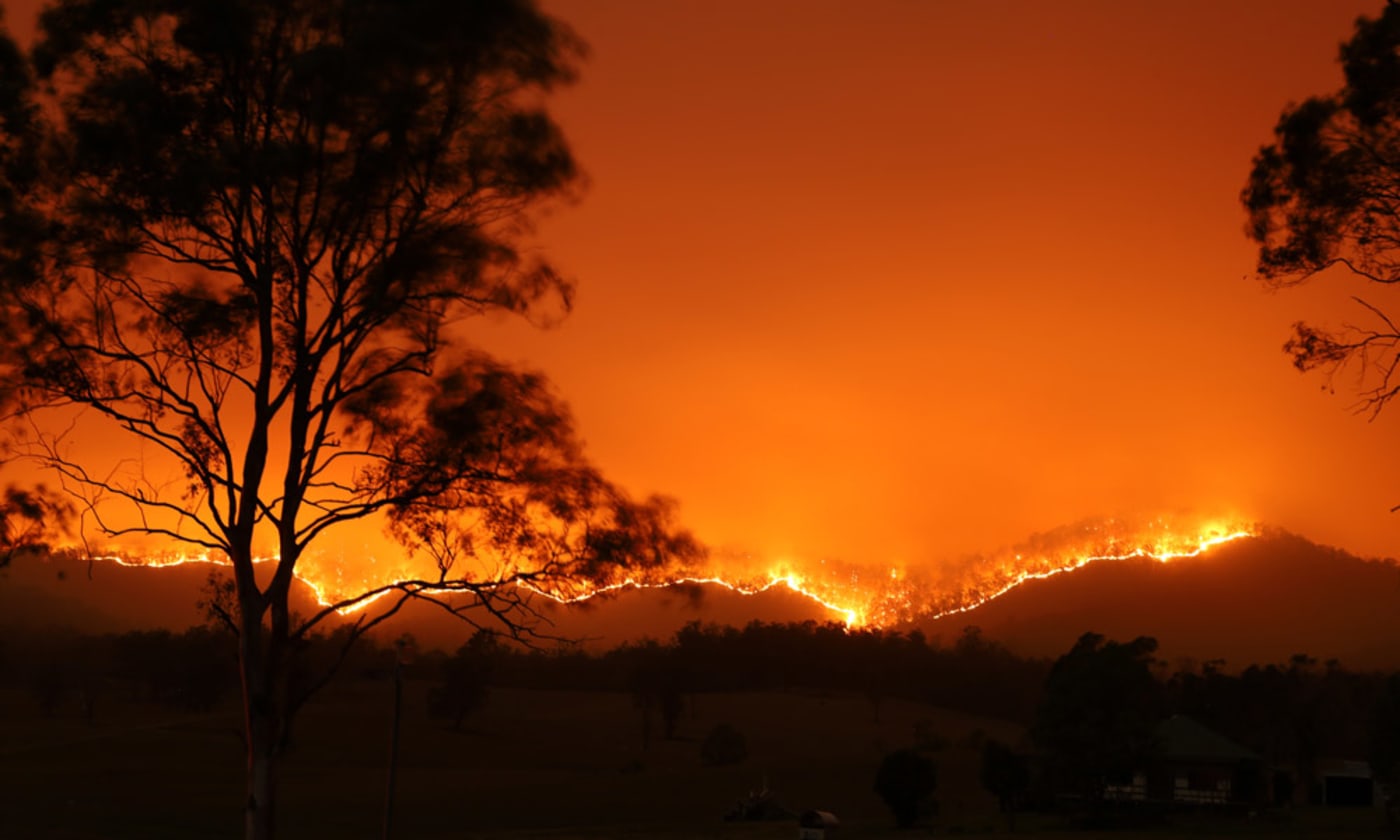Demystifying BAL Reports: An Overview to Understanding Your Residential property's Bushfire Risk
Demystifying BAL Reports: An Overview to Understanding Your Residential property's Bushfire Risk
Blog Article
Just How BAL Record Impacts Shrub Fire Protection Measures
In the realm of bush fire security, the Structure Strike Level (BAL) record stands as a vital device that substantially affects the safety and strength of properties in fire-prone areas - BAL Report. The effect of a BAL analysis extends far beyond plain documentation; it serves as the keystone for identifying the ideal building and construction standards and fire defense actions necessary to reduce the risks presented by bushfires. As areas grapple with progressively severe fire seasons, recognizing just how the BAL record forms these protective measures becomes vital for home owners, policymakers, and builders alike
Understanding the Bushfire Attack Level

Significance of BAL Record Analysis

Moreover, the BAL record assessment acts as a foundational action in adhering to lawful obligations and demands associated with bushfire defense. Local councils and authorities usually mandate the entry of a BAL record as component of the preparation and structure approval process to guarantee that residential or commercial properties are properly protected versus bushfire risks. Stopping working to carry out a thorough BAL record analysis can result in inadequate protection procedures, leaving residential or commercial properties susceptible to devastating bushfire incidents.
Building And Construction Criteria Based on BAL
A comprehensive understanding of the Bushfire Strike Degree (BAL) allows residential property owners to execute construction standards customized to their details danger profile. Construction criteria based upon BAL are vital in mitigating the influence of bushfires on properties. The BAL ranking classifies the prospective risk a residential property deals with during a bushfire on a range from BAL-Low to BAL-FZ (Flame Area) Each BAL degree represents details building and construction needs detailed in the Australian Basic AS3959-2018 Building of Buildings in here are the findings Bushfire-Prone Areas. For instance, buildings categorized as BAL-Low may only need basic procedures such as clearing particles and preserving yards, while those in higher BAL groups require more robust steps like ember displays, fire-resistant products, and sealed windows. Abiding by these building and construction criteria not just enhances the architectural durability of the residential or commercial property yet also enhances the general safety and security of citizens browse around here during a bushfire occasion. For that reason, building owners have to carefully consider their BAL ranking and abide by the matching building and construction criteria to properly secure their homes and owners.
Executing Fire Protection Actions
With the structure of building and construction standards based on Bushfire Strike Level (BAL) in location, the focus now moves in the direction of the sensible execution of fire defense measures to strengthen buildings versus bushfire hazards. Easy procedures include utilizing fire-resistant building materials, mounting coal guards on vents, sealing spaces in walls and roofings, and preserving a clear space around the residential or commercial property free from flammable greenery. By integrating both passive and active approaches, residential or commercial properties can significantly reduce their susceptability to bushfire cases and boost the safety of passengers.
Shielding Houses Against Bushfires
Effectively safeguarding homes against the damaging impacts of bushfires needs a detailed and positive approach to fire protection actions. In addition, securing spaces and vents to stop cinder intrusion, as well as including fireproof doors and windows, can help strengthen the home's defense versus bushfires. By accepting a proactive position and incorporating these protective actions, homeowners can significantly raise their opportunities of protecting their homes against bushfires.
Verdict
In conclusion, the Bushfire Assault Degree (BAL) report plays a crucial function in establishing the required security actions versus bushfires. Executing fire defense measures based on the BAL report is crucial in safeguarding properties from possible bushfire dangers.
In assessing bushfire risk to residential properties, comprehending the Bushfire Assault Degree (BAL) is an essential component for executing efficient defense measures. Overall, a clear try this out understanding of the Bushfire Attack Level is vital for carrying out ample protection measures and mitigating the impact of bushfires on residential properties.

Report this page